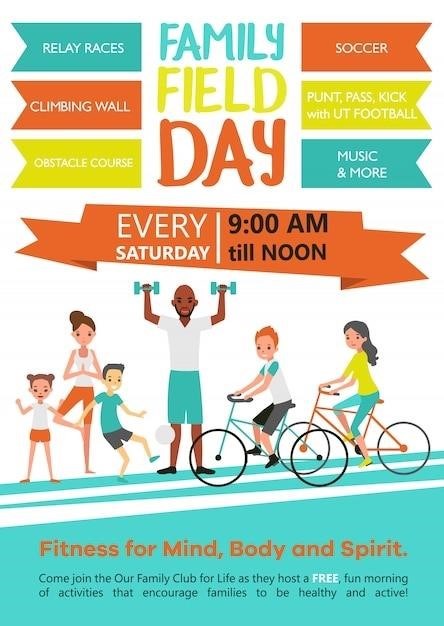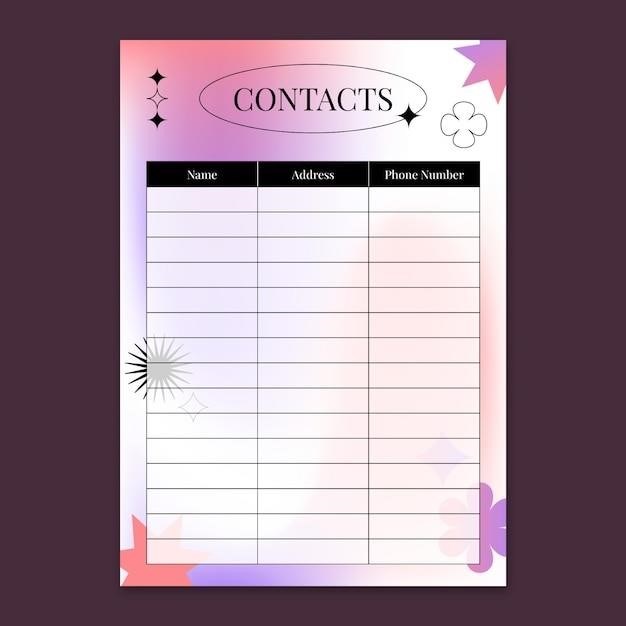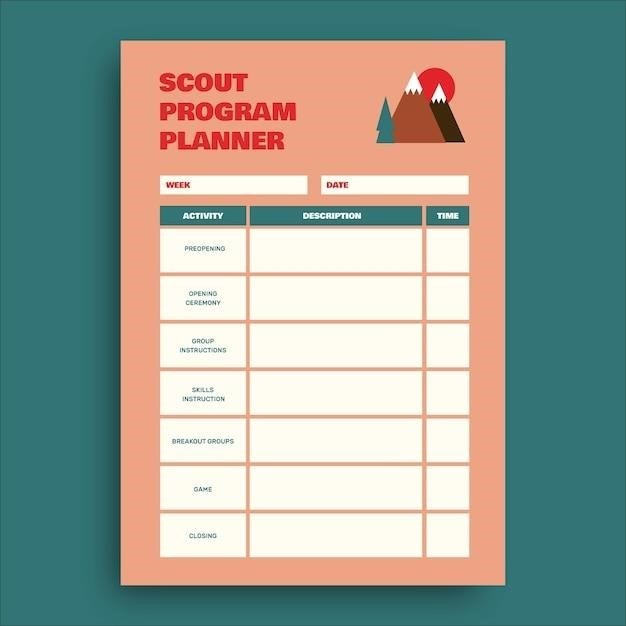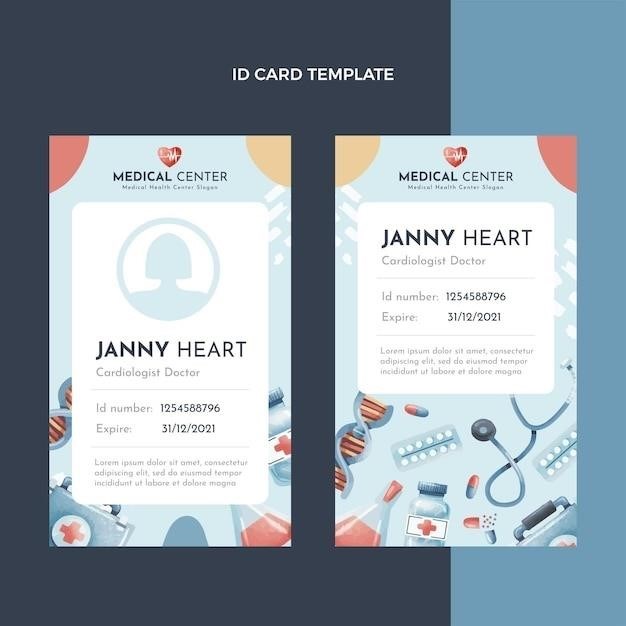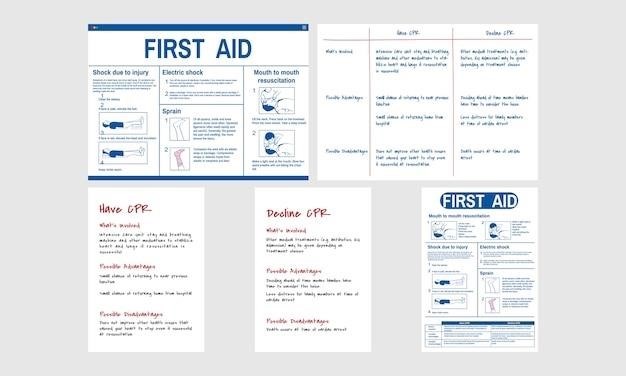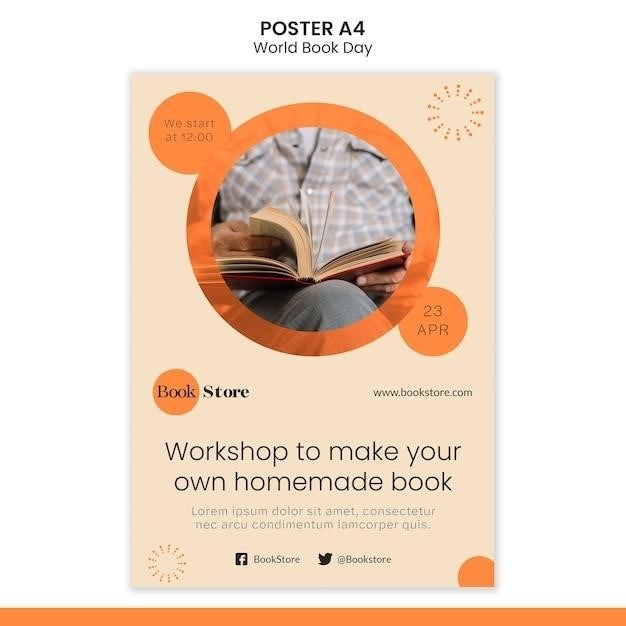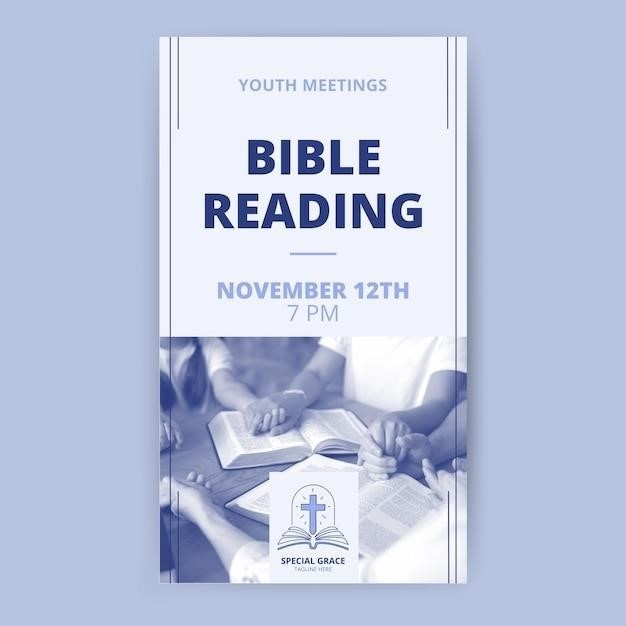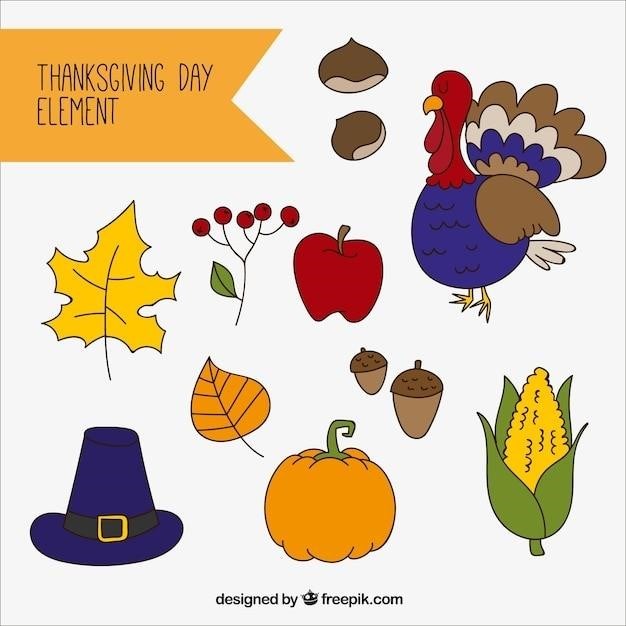Field Day Activities⁚ A Comprehensive Guide
This comprehensive guide provides a wealth of ideas and resources to make your field day a resounding success. From classic games to innovative relay races, you’ll find a treasure trove of inspiration to engage students of all ages and abilities. Get ready for a day filled with laughter, competition, and unforgettable memories!
Classic Field Day Games
Rekindle the joy of childhood with these timeless field day games that have stood the test of time. From the exhilarating thrill of the three-legged race to the strategic prowess of the egg and spoon relay, these activities are guaranteed to bring back fond memories and create new ones.
Let the kids experience the thrill of the 50-yard dash, a classic test of speed and agility. For those who love a good challenge, the tug of war offers a chance to flex their muscles and test their teamwork. And don’t forget the timeless bucket brigade, a cooperative game that emphasizes teamwork and coordination.
These classic field day games are not just about winning; they are about building camaraderie, fostering sportsmanship, and creating a sense of community. So, dust off these cherished games and let the fun begin!
Fun Field Day Games
Inject a dose of laughter and excitement into your field day with these fun and engaging games. The Water Balloon Toss, a classic summer activity, provides a refreshing burst of fun and a chance for friendly competition.
For a twist on a traditional game, try the Straw Javelin Throw. This unique activity encourages creativity and adds a playful touch to the field day. The water gun relay is a fun and interactive way to cool off on a hot day, with teams working together to fill a cup or bottle with water.
These games are perfect for unleashing the inner child in everyone, fostering a sense of lightheartedness and ensuring everyone has a memorable time. So, get ready to laugh, splash, and create lasting memories with these fun field day games!
Relay Race Ideas
Relay races are a fantastic way to foster teamwork and create a sense of friendly competition. A classic favorite, the Egg Relay, requires participants to carefully balance an egg on a spoon while racing. This simple yet engaging game tests coordination and adds a touch of suspense.
For a more dynamic experience, consider the Three-Legged Race. Teams of two must navigate the course with their legs tied together, promoting communication and cooperation. The Bucket Brigade is another excellent choice, where teams work together to transport water or other objects using buckets.
These relay race ideas offer a blend of challenge and fun, encouraging participants to work together and celebrate their achievements as a team. So, get ready to cheer on your teammates and make some unforgettable memories with these exciting relay race ideas!
Non-Strenuous Field Day Activities
Field day isn’t just about intense competition; it’s also about inclusivity and offering activities for all. For students who prefer a more relaxed pace, there are plenty of enjoyable options. A classic choice is the Beanbag Toss, where players aim for targets or try to land beanbags in designated areas.
For a creative twist, consider a Scavenger Hunt. Teams can search for hidden objects or complete challenges throughout the field day area. This encourages problem-solving, teamwork, and exploration. Another engaging option is a Field Day Bingo game, where participants collect stamps or signatures by participating in various activities.
These non-strenuous activities ensure that everyone can participate and enjoy the festivities, regardless of their physical abilities or preferences. Remember, the goal is to celebrate community and create lasting memories for all!
Water Games for Field Day
On a hot summer day, there’s nothing quite like a refreshing water game to cool things down. Water balloon toss is a perennial favorite, where teams try to catch water balloons thrown by their teammates. For a more controlled approach, set up a water balloon target practice station, allowing students to aim at a designated target.
Another fun option is a water gun relay race, where teams race to fill a container with water using squirt guns. For a truly unique experience, try a water balloon toss with a twist. Instead of simply throwing the balloons, have participants try to bounce them off of a target, adding a fun element of skill and precision.
Remember to provide plenty of towels and a designated area for drying off to ensure a comfortable and enjoyable experience for everyone.
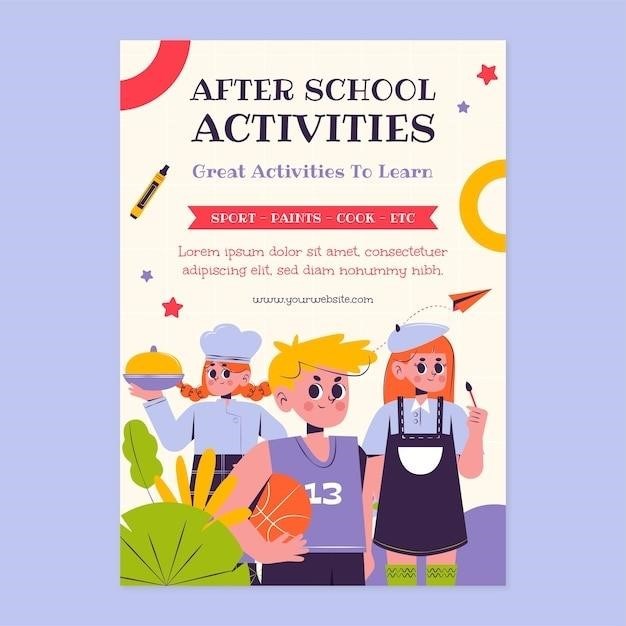
Planning Your Field Day
Planning a successful field day requires careful consideration of logistics, activities, and safety. From creating a detailed schedule to gathering essential supplies, every aspect deserves attention to ensure a memorable and enjoyable experience for everyone involved;
Downloadable Resources
The internet offers a treasure trove of downloadable resources to enhance your field day planning. From printable event cards to comprehensive e-books, you can find everything you need to create a fun and engaging experience for your students. These resources often include detailed instructions, scoring sheets, and even volunteer assignments, making it easier than ever to organize and run a successful event. Consider downloading these resources to streamline your planning process, save time, and ensure a smooth and enjoyable field day for all participants.
Setting Up Your Field Day
Setting up your field day involves thoughtful planning and organization. First, determine the location, considering factors like space, accessibility, and potential weather conditions. Divide the area into stations for different activities, ensuring clear pathways and ample space for movement. Next, gather necessary equipment, including cones, markers, balls, jump ropes, and any specific items required for chosen games. Don’t forget to create eye-catching signage for each station, clearly outlining the activity and rules. Finally, consider safety precautions, such as having first aid readily available and assigning responsible adults to supervise each station. A well-planned and organized setup will contribute to a smooth and enjoyable field day experience for everyone.
Field Day Schedule
A well-structured field day schedule is essential for ensuring a smooth flow of activities and maximizing participation. Begin by dividing the day into manageable time slots, allocating specific durations for each activity. Consider incorporating breaks for refreshments and rest, particularly for younger children. For a more flexible approach, consider an “elective” format, allowing students to choose from various stations throughout the day. Create a clear visual schedule, displaying the order of activities, times, and designated locations. Communicate the schedule to participants beforehand, ensuring everyone knows what to expect and when. A well-planned schedule will help maintain a positive energy and create a sense of order throughout the field day.
Field Day Activity Ideas
Get ready for a day of fun and games with these diverse field day activity ideas. Whether you’re looking for classic favorites or innovative twists, you’ll find inspiration for a memorable and engaging event.
PE Centrals Top 12 Field Day Activities
PE Central, a leading resource for physical education professionals, has curated a collection of 12 top-rated field day activities. These games are designed to be engaging, inclusive, and suitable for a wide range of ages and abilities. From classic favorites like “Around the World” to innovative challenges like “The Cheeseball Challenge,” this list offers a diverse selection of games that will keep students entertained and active. These activities are not only fun but also promote teamwork, sportsmanship, and physical fitness. Get ready to unleash the fun with PE Central’s top 12 field day activities.
Indoor Field Day Activities
Rainy weather or limited outdoor space shouldn’t dampen your field day spirit! Indoor field day activities offer a fantastic alternative to keep the fun going. Transform classrooms, gymnasiums, or cafeterias into vibrant activity zones. Consider setting up stations for classic games like beanbag toss, balloon volleyball, or obstacle courses. Get creative with indoor relay races using hula hoops, jump ropes, or even rolled-up socks. Don’t forget to include games that emphasize teamwork and collaboration, like a “Human Knot” or a “Blindfolded Scavenger Hunt.” With a little ingenuity, your indoor field day can be just as lively and memorable as an outdoor one.
Field Day Games for Adults
Field day isn’t just for kids! Adults can get in on the fun with a selection of games designed for their age and skill level. Think beyond the typical three-legged races and water balloon tosses. Organize team-building activities like a “Wheelbarrow Race” or a “Tug-of-War” to promote camaraderie. For a touch of silliness, incorporate a “Blindfolded Taste Test” or a “Charades” competition. Don’t forget to incorporate games that require strategy and problem-solving, like a “Scavenger Hunt” or a “Minute to Win It” challenge. By choosing activities that engage both physical and mental abilities, you’ll create a field day experience that’s enjoyable and memorable for everyone.
Field Day Games for Scouts
Field day is a perfect opportunity for Scouts to put their skills to the test and build camaraderie. Organize games that emphasize teamwork, problem-solving, and outdoor skills. Classic options like “Nature Scavenger Hunts” and “Knot-tying Races” encourage learning and friendly competition. For a touch of adventure, incorporate “Orienteering Courses” or “Survival Challenges.” Remember to include games that foster creativity, such as “Building a Shelter” or “Designing a Flag.” By incorporating games that align with Scouting values and principles, you’ll create a field day experience that’s both fun and educational.

Tips for a Successful Field Day
Planning and preparation are key to a successful field day. From ensuring adequate supplies to creating a clear schedule, attention to detail will make all the difference.
Preparing for Field Day
A well-planned field day is a recipe for success. Start by gathering your resources. Create a comprehensive list of all the games and activities you plan to offer. This will help you determine the necessary materials, equipment, and supplies. Don’t forget to consider safety precautions. Ensure that the field day area is free of hazards and that all activities are conducted with appropriate supervision. Enlist the help of volunteers to assist with setup, game supervision, and cleanup. Communication is key; Inform parents, students, and teachers about the schedule, safety guidelines, and any specific requirements. Finally, prepare a backup plan. Weather conditions can be unpredictable, so having alternative indoor activities or a rain date will ensure that the fun doesn’t get rained out.
Running Your Field Day
On the big day, ensure a smooth flow of activities. Start by assigning clear roles and responsibilities to volunteers. This ensures that everyone knows their task and can contribute effectively. A well-organized schedule is essential. Create a detailed timetable outlining the start and end times for each game or activity. Make sure to include breaks for hydration and snacks. Keep the energy high with lively music and announcements. Encourage participation and good sportsmanship. Award prizes and recognitions to acknowledge effort and achievements. Don’t forget to capture the memories. Have a designated photographer or videographer to document the day’s highlights. Finally, end the field day on a positive note. Gather everyone for a closing ceremony, express gratitude to volunteers, and celebrate the success of the event.
Field Day Games Printables
Make your field day planning a breeze with ready-to-use printables! These resources can save you time and effort, allowing you to focus on the fun aspects of the event. Downloadable event cards provide a structured format for organizing your activities. They often include space for game names, instructions, scoring, and even team assignments. Printable signs are essential for clearly labeling each game station. Make sure they are eye-catching and easy to read from a distance. Consider laminating them for durability, especially for outdoor use. You can also find printable scorecards to keep track of points and results. These can be helpful for awarding prizes or recognizing winning teams. Don’t forget about printable certificates or ribbons for acknowledging participation and achievements. These small touches can make the day extra special for everyone involved.
